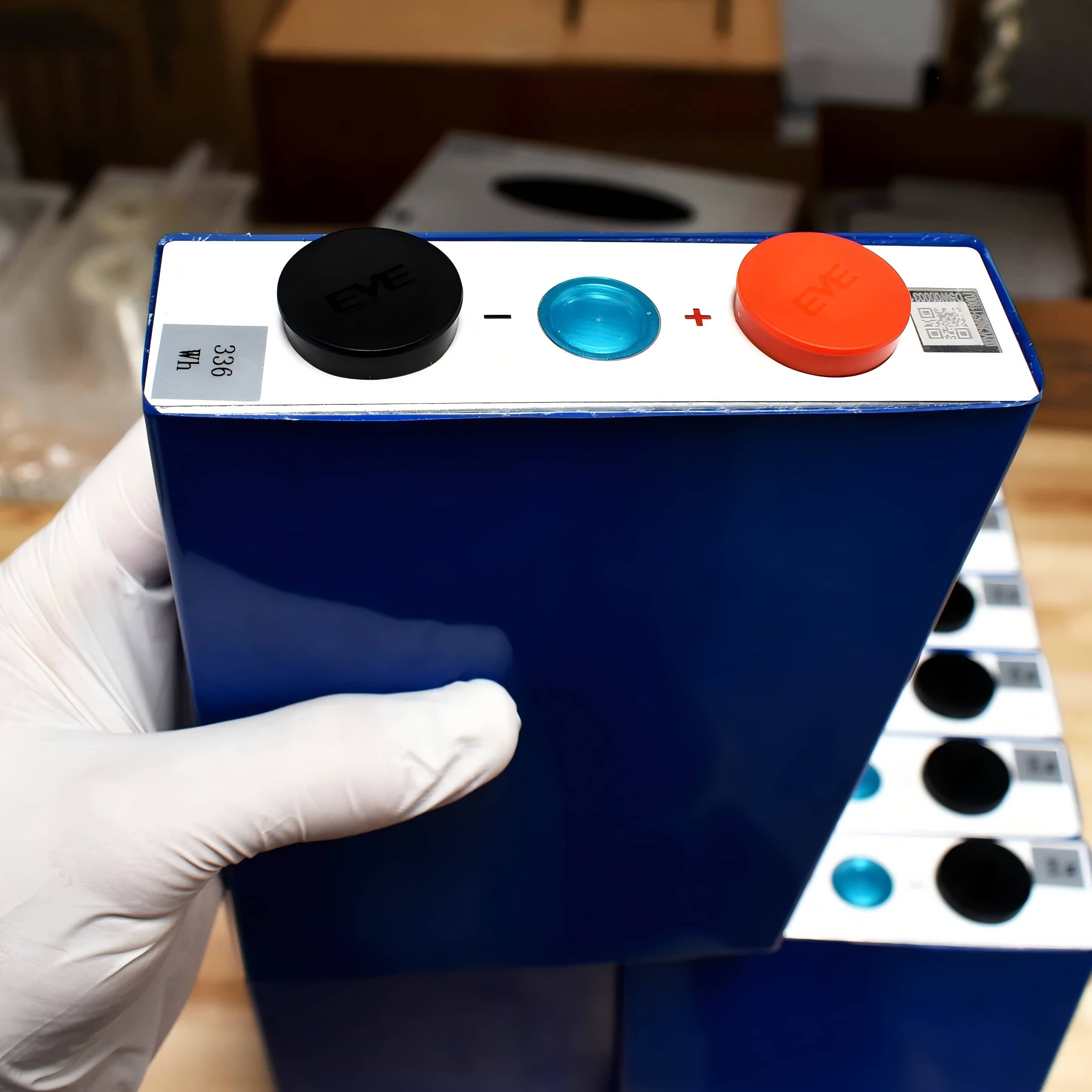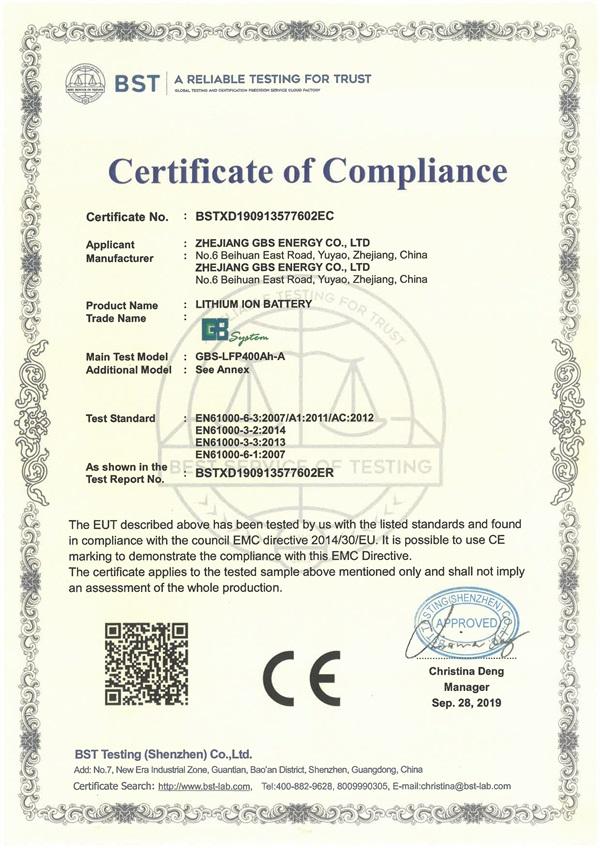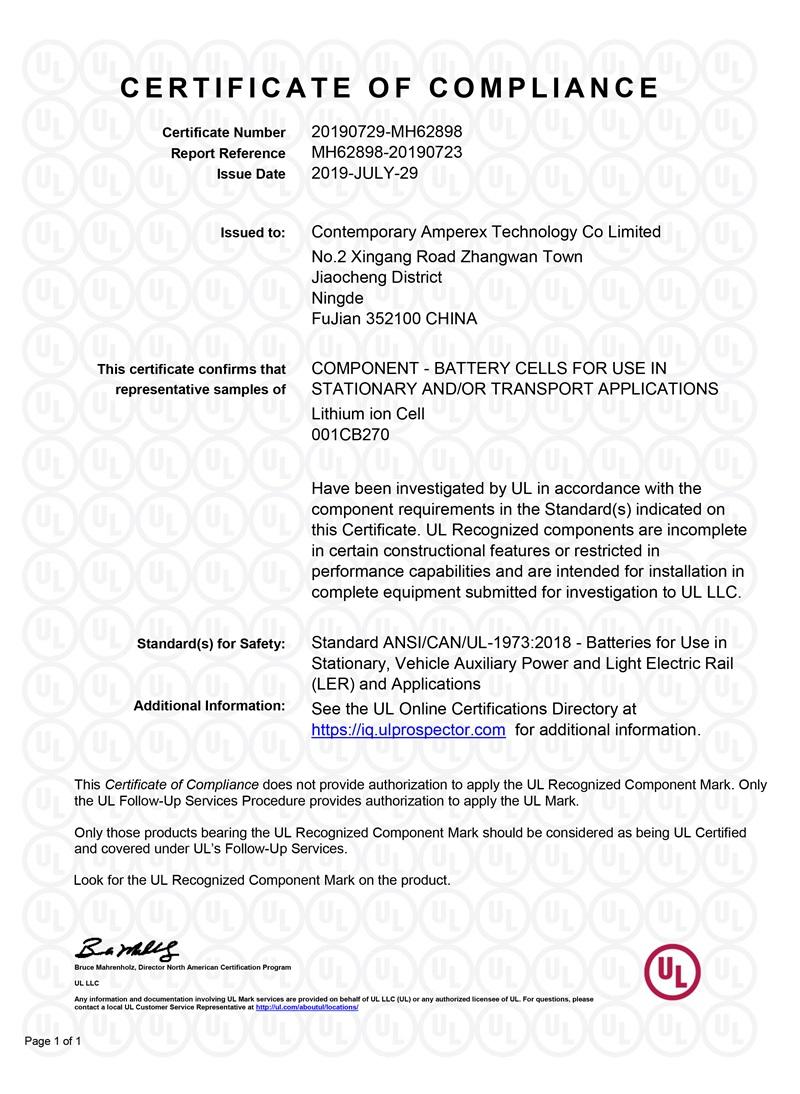Blog
Advantages and Disadvantages of LiFePO4 Battery: Technical Guide
2025-07-23 | Calvin

In the rapidly advancing world of energy storage, LiFePO4 (Lithium Iron Phosphate) batteries have gained significant traction across industries — from electric vehicles to solar energy systems. Known for their robust safety profile and long cycle life, these batteries represent a powerful alternative to traditional lithium-ion chemistries.
This article provides a comprehensive overview of the key advantages and disadvantages of LiFePO4 batteries, helping decision-makers determine if this technology is suitable for their specific application.
What Is a LiFePO4 Battery?
A LiFePO4 battery is a type of lithium-ion battery that uses lithium iron phosphate as the cathode material. Compared to other lithium chemistries like NMC (Nickel Manganese Cobalt) or LCO (Lithium Cobalt Oxide), LiFePO4 offers enhanced thermal stability, longer cycle life, and improved safety.
Advantages of LiFePO4 (LFP) Batteries
1. Enhanced Safety
LiFePO4 batteries are chemically stable and inherently safer than other lithium-ion types. Their high thermal and chemical stability significantly reduces the risk of thermal runaway, fires, or explosions.
2. Long Cycle Life
LFP batteries can typically withstand 2,000 to 5,000 charge-discharge cycles before capacity drops below 80%. This long life makes them ideal for solar systems, EVs, and UPS applications.
3. Stable High-Temperature Performance
They maintain consistent performance at temperatures above 60°C, making them ideal in hot climates or industrial settings.
4. Fast Charging Capability
LFP batteries support fast charging and discharging (up to 2C or higher), which is critical for fleet EVs and backup power systems.
5. Low Self-Discharge Rate
These batteries have a self-discharge rate of just 2–3% per month, ideal for standby systems.
6. Environmentally Friendly Chemistry
LiFePO4 cells do not contain cobalt or nickel, reducing environmental and ethical concerns.
7. High Discharge Current Capabilities
LFP batteries can deliver instant high-power output, suitable for heavy-duty industrial applications.
8. Low Maintenance Requirements
Thanks to their chemical stability, they require less complex battery management systems (BMS) and minimal maintenance.
Disadvantages of LiFePO4 (LFP) Batteries
1. Lower Energy Density
LiFePO4 cells have an energy density of 90–160 Wh/kg, lower than NMC or LCO cells. This makes them less suitable for compact or weight-sensitive applications.
2. Higher Initial Cost
Upfront cost can be higher than lead-acid or other lithium chemistries, though the total cost of ownership is lower over time.
3. Lower Nominal Voltage
LiFePO4 cells have a nominal voltage of 3.2V compared to 3.6–3.7V in others, requiring additional cells in series for the same output.
4. Bulkier Size for Same Capacity
Due to lower energy density, achieving the same storage capacity means more volume and weight.
5. Slower Discharge at Very High Currents
Under extremely high current draws, LiFePO4 may show a slight voltage dip compared to other lithium-ion variants.
LiFePO4 vs Other Lithium-Ion Chemistries
| Feature | LiFePO4 (LFP) | NMC/NCA | LCO |
|---|---|---|---|
| Energy Density | Medium (90–160 Wh/kg) | High (150–220 Wh/kg) | Moderate (100–180 Wh/kg) |
| Safety | Excellent | Moderate | Low |
| Cycle Life | 2,000–5,000+ | 1,000–2,000 | 500–1,000 |
| Temperature Range | Wide (-20°C to 60°C+) | Moderate | Narrow |
| Cost per kWh | Medium | Medium–High | Medium–Low |
| Environmental Impact | Low | Medium–High | High |
Common Use Cases of LiFePO4 Batteries
- Electric Vehicles (EVs): Buses, forklifts, delivery vans
- Solar Energy Storage Systems: Off-grid and hybrid setups
- Telecom Backup Systems: Remote towers and edge infrastructure
- Marine and RV Applications: High durability in harsh environments
- Industrial Equipment: Forklifts, AGVs, UPS systems
Conclusion: Is LiFePO4 Right for Your Application?
LiFePO4 batteries offer a strong balance of safety, longevity, and sustainability, making them ideal for a wide range of technical applications. Despite lower energy density and a higher upfront cost, their performance and lifespan advantages make them a sound investment in many use cases.
- Next:PCM vs. BMS: What’s the Difference and Which One Does Your Battery Really Need?
- Previous:Tesla Battery Types: A Simple Guide for Model S, 3, X, and Y
Contact Details
Lithium LiFePO4 Batteries and Lithium LiFePO4 Cells Supplier - LiFePO4 Battery Shop
Contact Person: Miss. Elena Wang
WhatsApp : +8615263269227
Skype : +8615263269227
WeChat :15263269227
Email : info@lifepo4batteryshop.com
All Products
- A123 Battery (5)
- Sinopoly Battery (7)
- GBS Battery (16)
- CALB Battery (22)
- Cylindrical Cell (3)
- Energy Storage System (0)
- Battery Management System (2)
- Sodium ion Battery Cell (3)
- Lithium Titanate Battery (16)
- Ternary Lithium Battery Cell (11)
- REPT Battery (8)
- BYD Battery (2)
- CATL Battery (14)
- Thunder Sky Winston Battery (21)
- EVE Battery (29)
- LiFePO4 Battery Cell (4)
Certification
Customer Reviews
- I have fond memories of our meeting in Shanghai with LiFePO4 Battery Shop Elena. Your company left a strong impression on me with its impressive growth and professionalism. We both value straightforwardness and honesty, which I believe are the most important qualities in any partnership. I am confident that we can build a successful collaboration based on these shared values. —— Robert from USA
- I've been working with LiFePO4 Battery Shop for years, and their reliability is unmatched. While other suppliers frequently change sales teams, LiFePO4 Battery Shop has consistently provided exceptional service with a stable team. Their commitment to quality and customer support truly sets them apart. —— Henry from Australia



